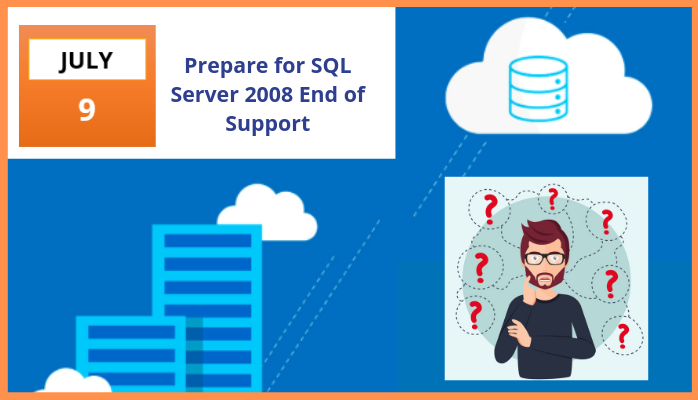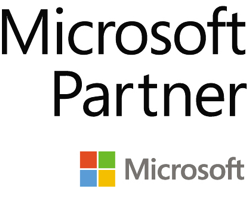
SQL Server 2008 + 2008 R2 End of Life Support- 4 Ways to Migrate
On July 9, 2019, Microsoft will end support and security updates for SQL Server 2008 + 2008 R2. By that date, businesses using those systems will need to have migrated their operations to new software. That presents issues not only of cost and security but availability. It’s not like you can migrate during downtime anymore. The 24/7 nature of the modern IT organization demands that you transfer on the fly to minimize service interruptions.
SNP has put together a unique process to ensure your organization has a low-risk, high-availability move to your optimal successor system for SQL Server 2008 + 2008 R2. Beyond that, this process will give you a reliable and repeatable methodology for future upgrades that includes planning, technology implementation, and validation and training.
Two Migration Paths to the Modern Cloud:
1. Migrate SQL on-premises to Azure SQL Database Managed Instances (SQL DB MI): This option gives you an intelligent, fully-managed PaaS solution that provides near 100% compatibility with SQL Server on-premises. SQL MI provides built-in high-availability and disaster recovery capabilities plus intelligent performance features and the ability to scale on the fly. SQL MI also provides a version less experience that takes away the need for manual security patching and upgrades.
2. Migrate SQL on-premises to Azure SQL VM: This is an IaaS option that provides Extended Security Updates at no additional charge above the standard pricing for Azure Virtual Machines. For customers that migrate workloads to Azure Virtual Machines, we will offer Security Updates and Bulletins rated “Critical” for SQL Server 2008 and 2008 R2. This route to modern migration also offers you:
- Three years of Extended Security Updates at no additional charge and the ability to upgrade to a newer version when ready
- Built-in monitoring of security and performance for hundreds to thousands of databases at scale
- The option to migrate SQL Server workloads to Azure with on-premises licenses
- Significant time and resource savings with hybrid capabilities
Whichever route you choose to the cloud, or if you have no digital transformation plan, we recommend you upgrade to the most current version of SQL Server. That way, even if you cannot meet the end of support deadline, you can buy Extended Security Updates to keep the remaining servers protected until you upgrade them. Otherwise, you can choose to move to Azure by opting to rehost, refactor, rearchitect, or rebuild your workload or app. Or, you can upgrade on-premises to the latest version of Windows Server.
4 Ways to Migrate:
- Rehost: Migrate 2008 and 2006 R2 workloads to Azure VM or Azure SQL Database MI (No code change required). This allows organizations to maintain existing versions and editions without paying for extended support. Microsoft is extending SQL Server 2008/2008R2 support through 2022 for servers migrated to Azure.
- Refactor, Rearchitect, or Rebuild: Innovate with Windows server containers and Azure SQL Database MI (From minimal change to new code required)
- Upgrade: Upgrade to Windows Server 2019 or SQL Server 2019 and get cloud and DevOps ready (potential code change required)
- Pay for Extended Support: Here the costs are exponentially higher than the other options listed above and can be short term focused.
For more details of information on how you can prepare for SQL Server 2008 and 2008 R2 end of support, contact an SNP representative.
Read more blogs on SQL Server 2008 + 2008 R2 End of Life:





